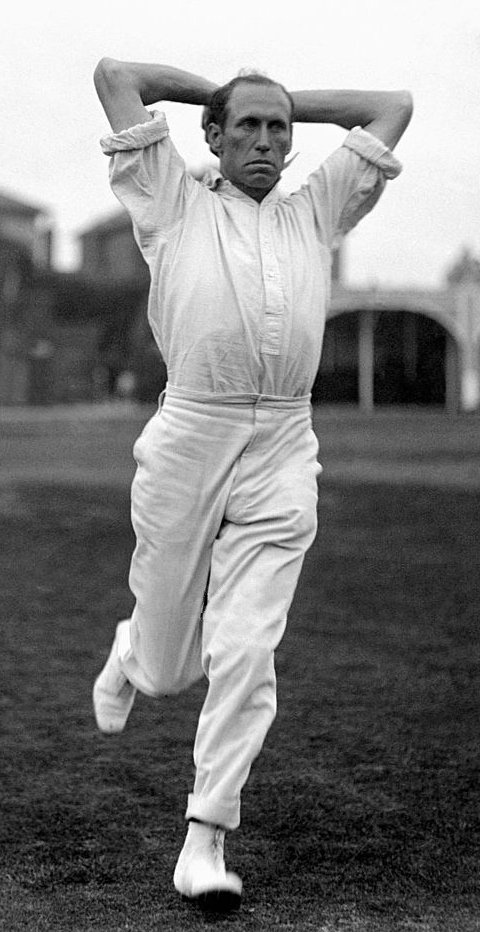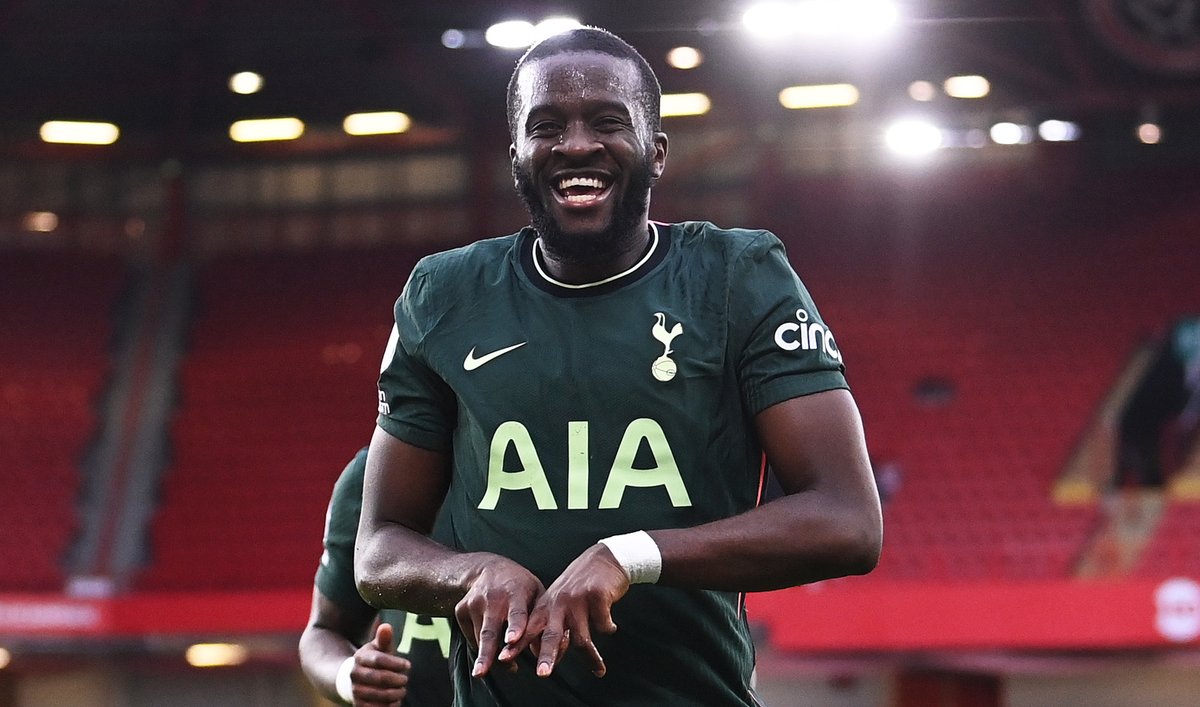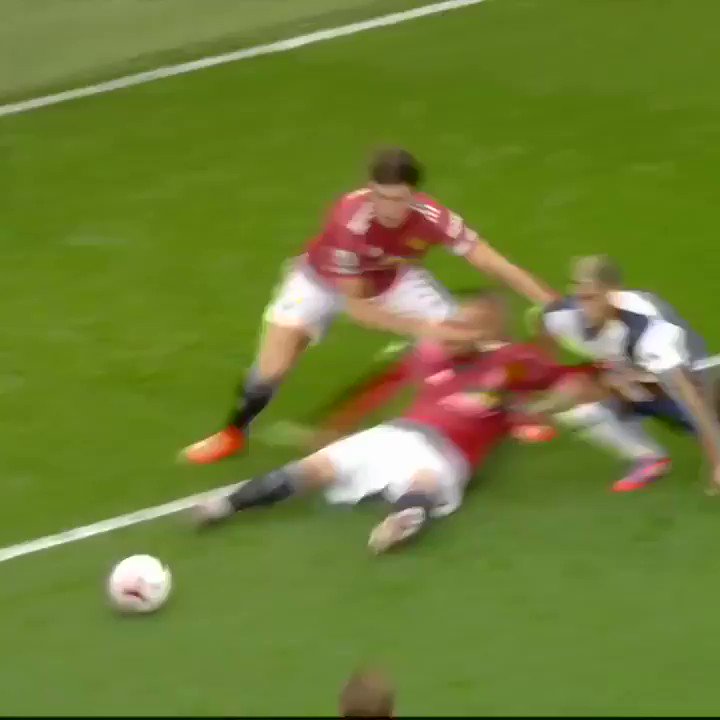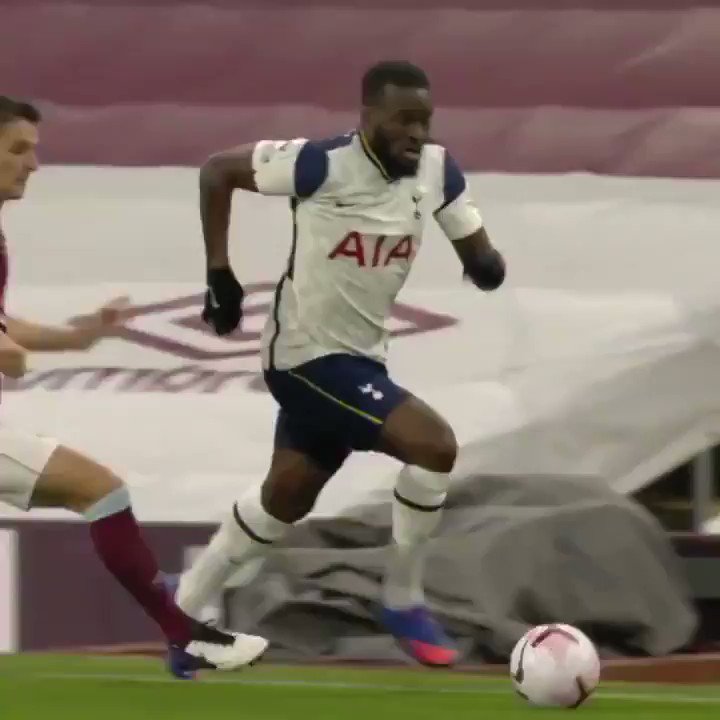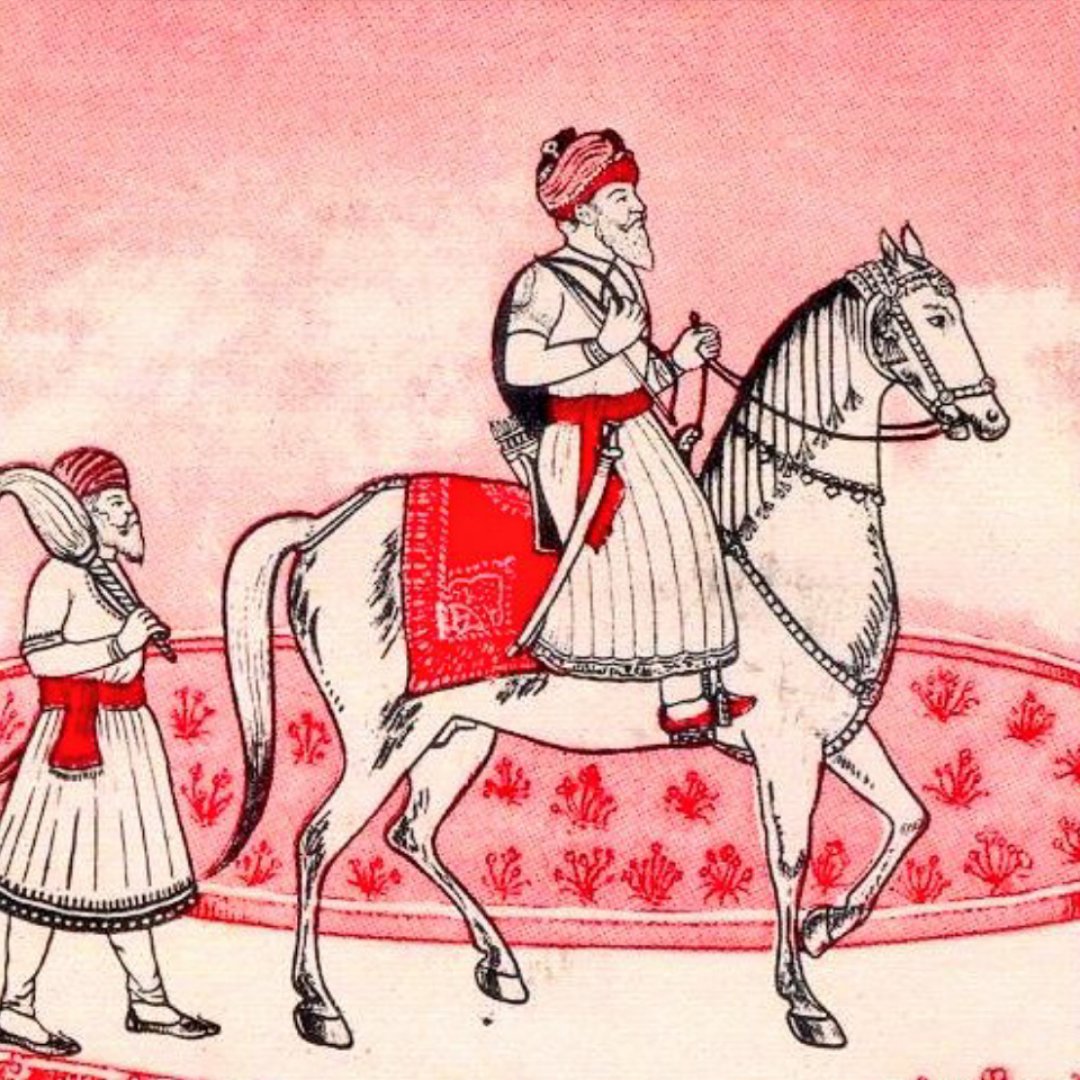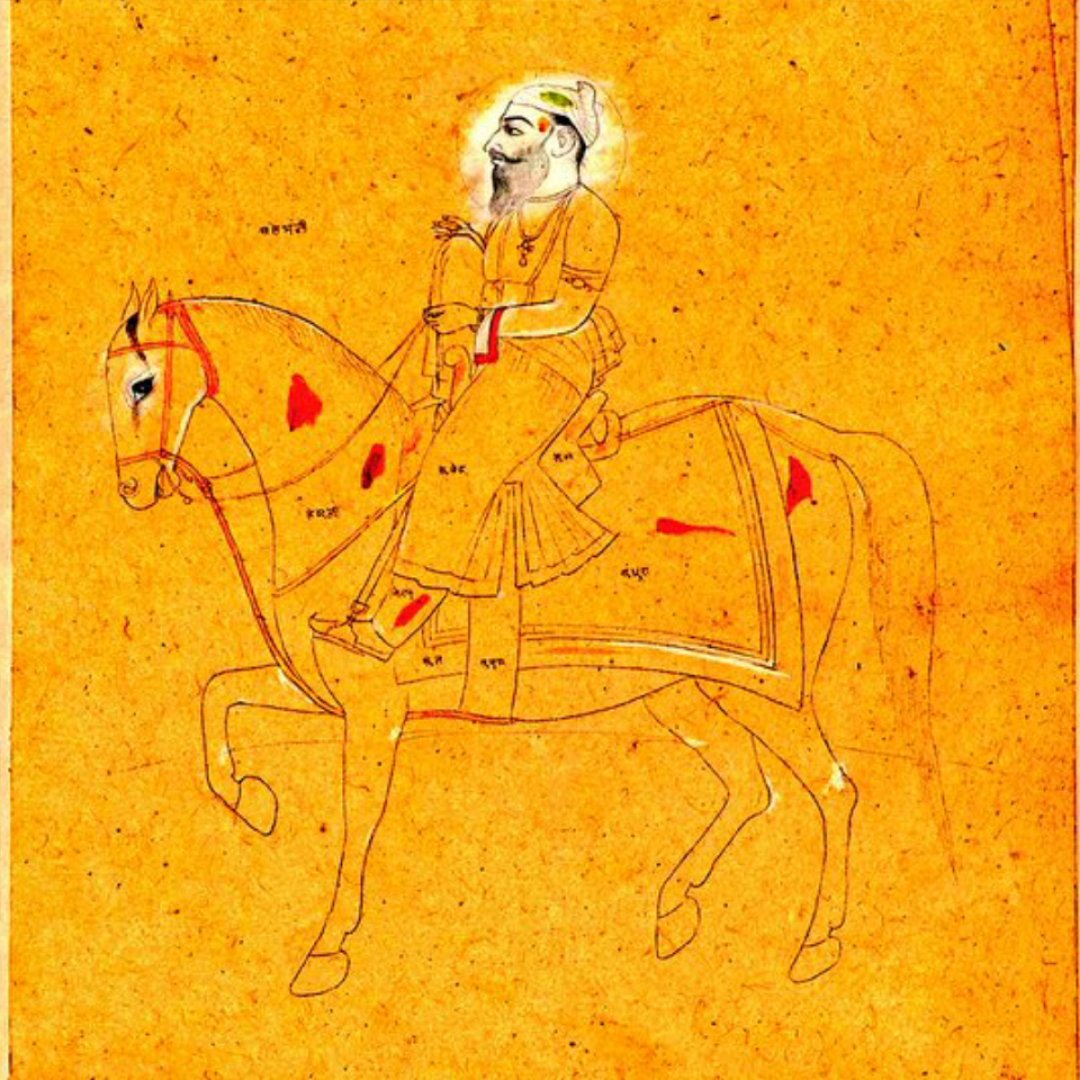You CANNOT say that in one activity you are helping players build representations/memory (cognitive) and in another activity you’re helping players attune to specifying information in the environment (ecological).
A (long) thread on why Andrew is correct but ultimately incorrect…
Andrew is correct at the neurological level. The cognitive and ecological explanations of the brain and behaviour are completely different. Saying you’re an eclectic coach at this level is like saying you
Many coaches advocate for picking and choosing methods from a variety of theoretical camps, on the premise that which is best \u2018depends\u2019 on the player, the coach, etc and you want the biggest toolkit you can get.
— Andrew D Wilson (@PsychScientists) November 27, 2020
I think this is an error, which I will now attempt to defend
You CANNOT say that in one activity you are helping players build representations/memory (cognitive) and in another activity you’re helping players attune to specifying information in the environment (ecological).
He is basing his critique of an ‘it depends’ stance at a neurological ‘representations vs information’ level (see his thread). But this isn’t the level that
Further, Andrew mentions that picking and choosing coaching methods that ‘come from both camps’ is an incoherent idea for
As a constructivist (cognitive) I can use social constructionist (ecological) methods. And I do! I’m trained in SFBT (a social constructionist therapy)
In summary, coaches can use any method they so choose for their
More from Sport
Exactly a decade ago today, Marshawn Lynch caused a Beast Quake.
— Field Yates (@FieldYates) January 8, 2021
One of the most memorable runs in NFL history. pic.twitter.com/VBb8Lc0yGW
In 2011, I was hosting the ESPYs. Marshawn’s run was nominated for Best Play, an award that was voted on by fans online. It was considered a front runner if not a lock.
Two days before the show, we're all watching the US/Brazil game in the Women’s World Cup. In the 122 minute Abby Wambach scored a header from a brilliant cross via Megan Rapinoe. I asked ESPN’s estimable producer, the late, great Maura Mandt if we could add it to the nominees.
The best thing about the ESPYs is, unlike other award shows that take themselves too seriously, there is a “fuck it, why not” attitude so Maura just made it happen. Maura was great at making things happen. Want another example?
One of the highlights of the ESPYs is the Arthur Ashe Courage Award. When my son Ashe was born Maura gifted him this fake ESPY for BEST CHILD NAMED ASHE. I am confident this is the only ESPY anyone related to me will ever win.
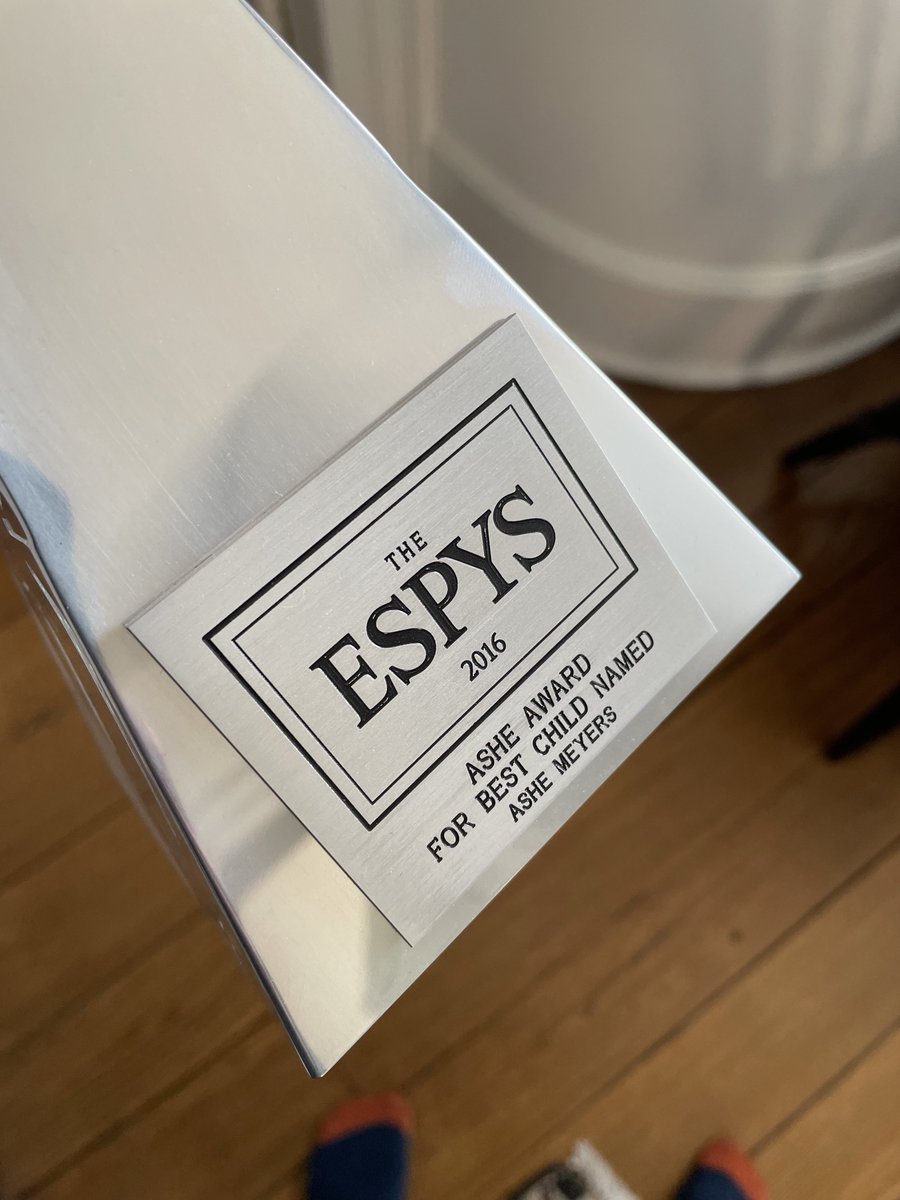
You May Also Like
@NBA @StephenKissler @yhgrad 1. From Day 1, SARS-COV-2 was very well adapted to humans .....and transgenic hACE2 Mice
1. From Day 1, SARS-COV-2 was very well adapted to humans .....and transgenic hACE2 Mice
— Billy Bostickson \U0001f3f4\U0001f441&\U0001f441 \U0001f193 (@BillyBostickson) January 30, 2021
"we generated a mouse model expressing hACE2 by using CRISPR/Cas9 knockin technology. In comparison with wild-type C57BL/6 mice, both young & aged hACE2 mice sustained high viral loads... pic.twitter.com/j94XtSkscj
@NBA @StephenKissler @yhgrad 2. High Probability of serial passaging in Transgenic Mice expressing hACE2 in genesis of SARS-COV-2
1. High Probability of serial passaging in Transgenic Mice expressing hACE2 in genesis of SARS-COV-2!
— Billy Bostickson \U0001f3f4\U0001f441&\U0001f441 \U0001f193 (@BillyBostickson) January 2, 2021
2 papers:
Human\u2013viral molecular mimicryhttps://t.co/irfH0Zgrve
Molecular Mimicryhttps://t.co/yLQoUtfS6s https://t.co/lsCv2iMEQz
@NBA @StephenKissler @yhgrad B.1.1.7 has an unusually large number of genetic changes, ... found to date in mouse-adapted SARS-CoV2 and is also seen in ferret infections.
https://t.co/9Z4oJmkcKj

@NBA @StephenKissler @yhgrad We adapted a clinical isolate of SARS-CoV-2 by serial passaging in the ... Thus, this mouse-adapted strain and associated challenge model should be ... (B) SARS-CoV-2 genomic RNA loads in mouse lung homogenates at P0 to P6.
https://t.co/I90OOCJg7o



